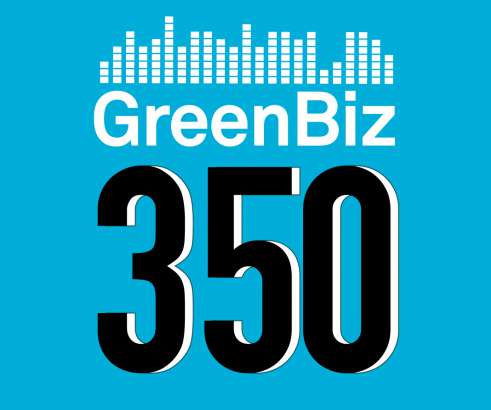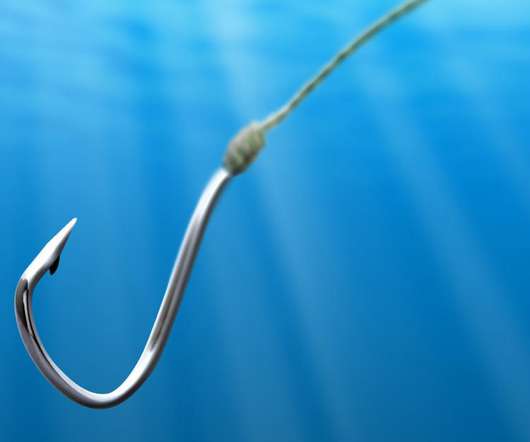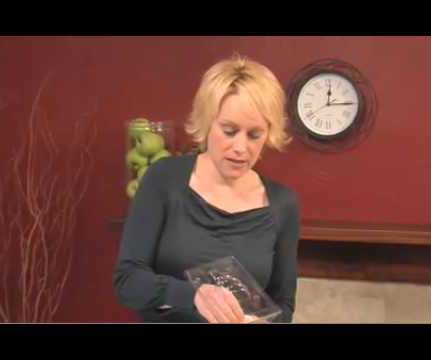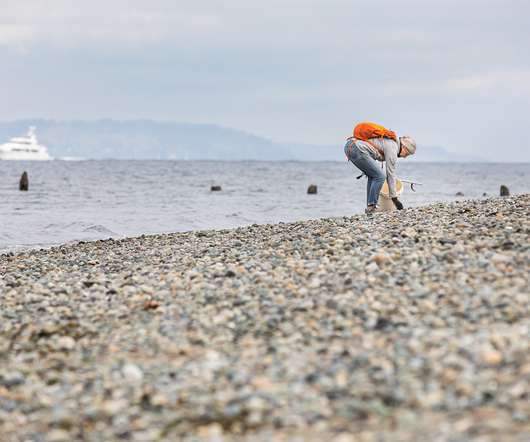Aquaculture becomes a net-positive
GreenBiz
FEBRUARY 22, 2021
You have to be engaged in aquaculture, you have to be successful in aquaculture, to be successful in seafood. That’s important as more countries consider investing in sustainable domestic sources of production. Many factors contribute to this renewed surge in interest in farming fish and sea vegetables. Among the emerging U.S.
















Let's personalize your content